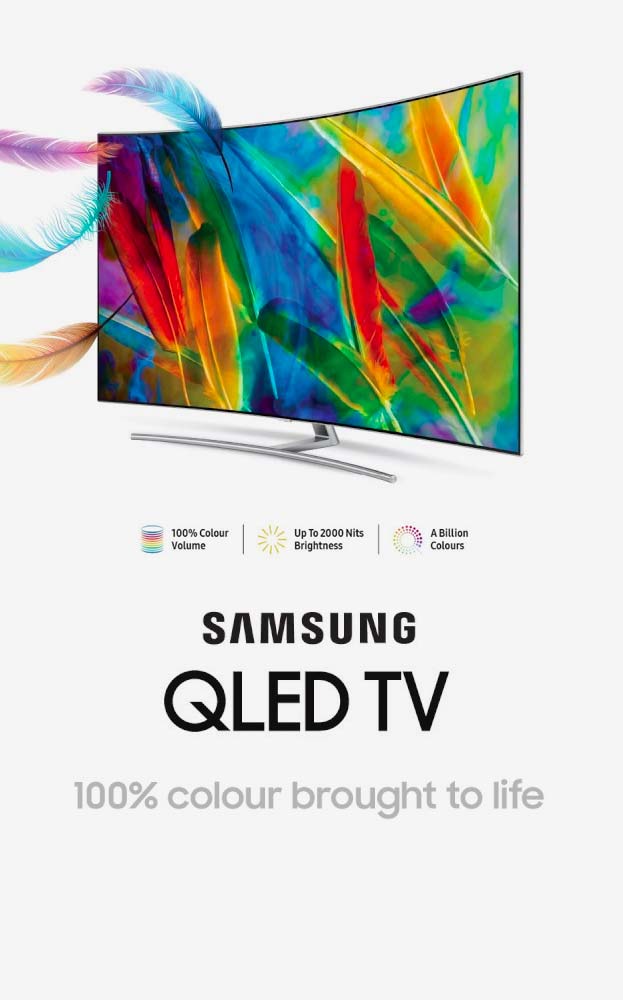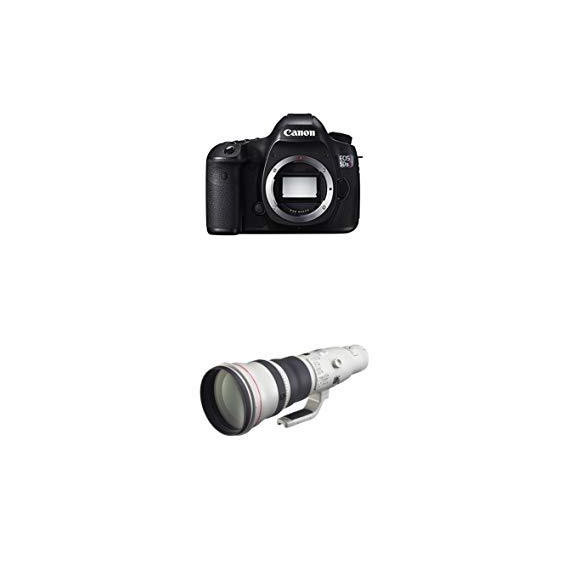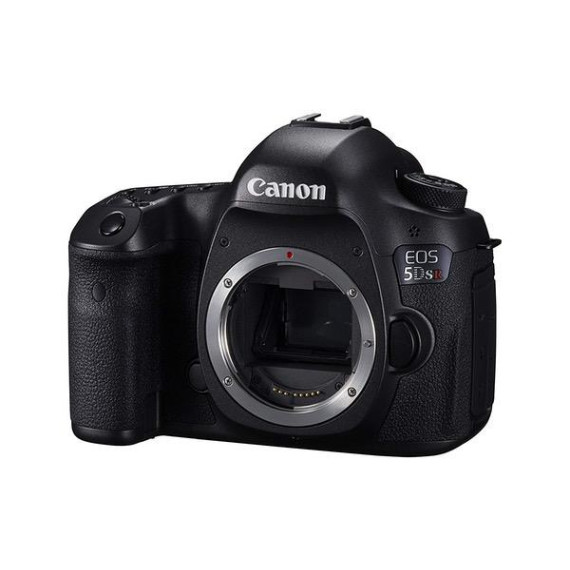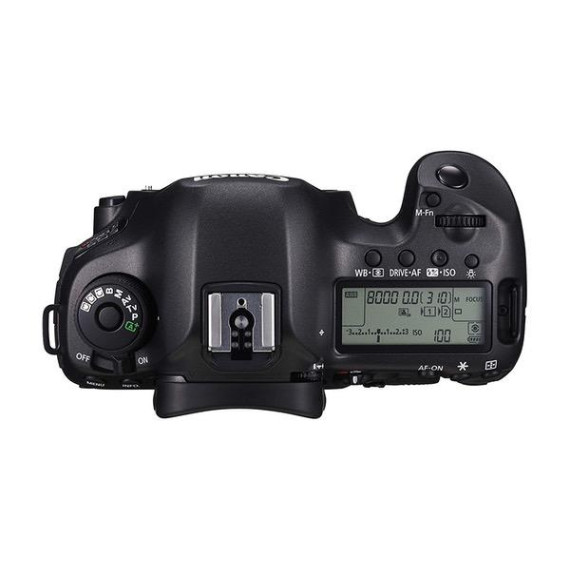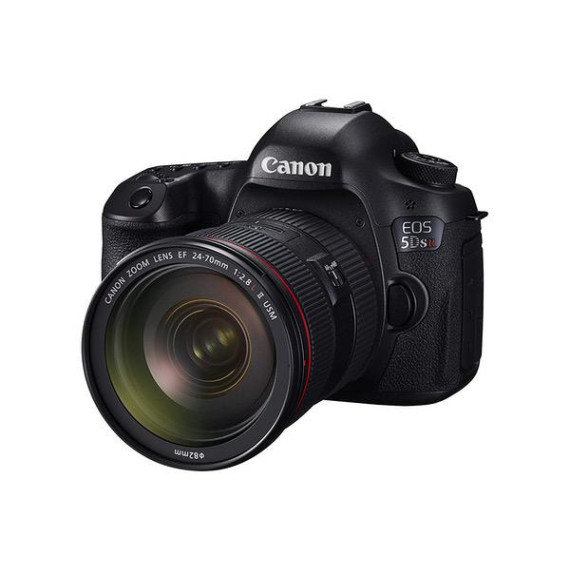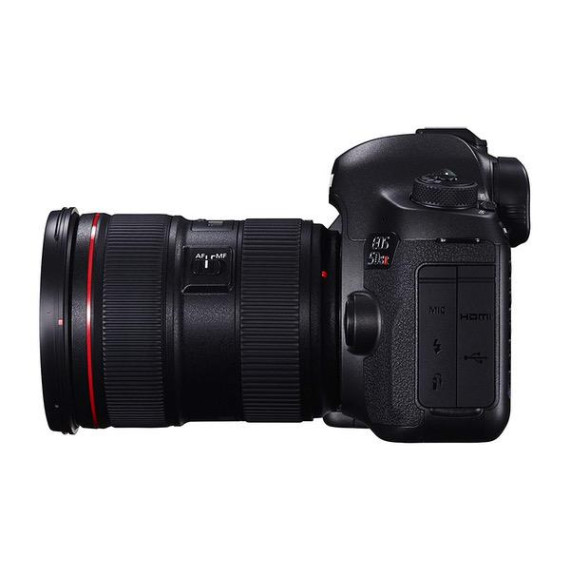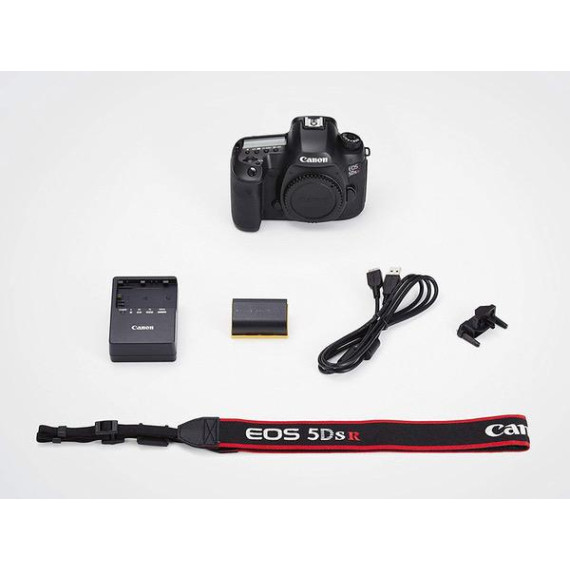
Canon EOS 5DS R Digital SLR with Low-Pass Filter Effect Cancellation (Body Only) with 800mm f/5.6L IS USM Super Telephoto Lens for Canon Digital SLR Cameras
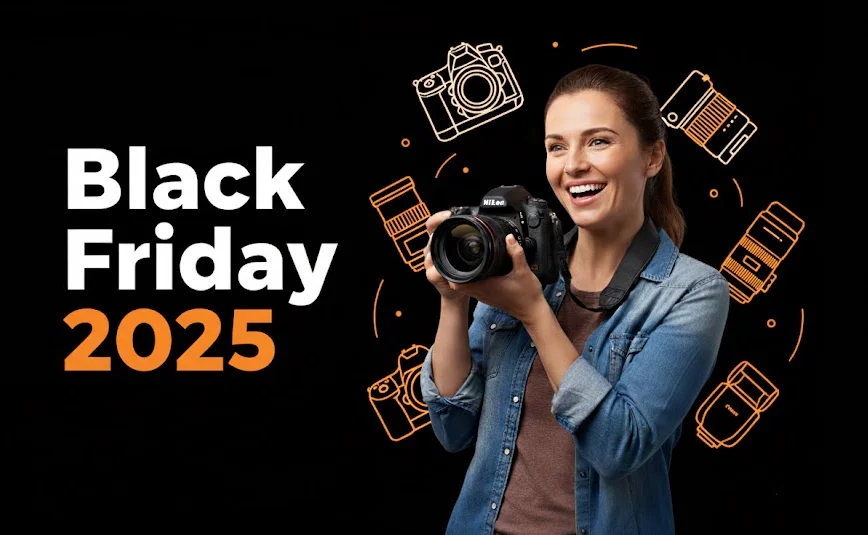
Unless otherwise noted, Black Friday Ad items are available for sale November 22, 2025–November 28, 2025. Prices and offers are subject to change and are valid online during, but may start before and end after, the Ad dates. Product quantities are limited. Rainchecks are NOT available for advertised products in the Black Friday Ad. We reserve the right to limit quantities (no dealers). Online pricing and store pricing may vary.
Promotion period: from 11/19/2025 to 02/01/2026

City: US, Pasadena
Showing 10 of 20 reviews
| Sort by Price | Sort by Availability | Sort by CODE | Sort by Style | Sort by Configuration |
|---|---|---|---|---|
|
$2,97415
$3,49900
|
In stock
|
B00T3ERPT8
|
Style:
|
Configuration:
|
|
$3,14415
$3,69900
|
In stock
|
B00T3ERT5S
|
Style:
|
Configuration:
|
|
$14,19330
$16,69800
|
In stock
|
B07CTPP84L
|
Style:
|
Configuration:
|
|
$4,24830
$4,99800
|
In stock
|
B07CSZ23JP
|
Style:
|
Configuration:
|

